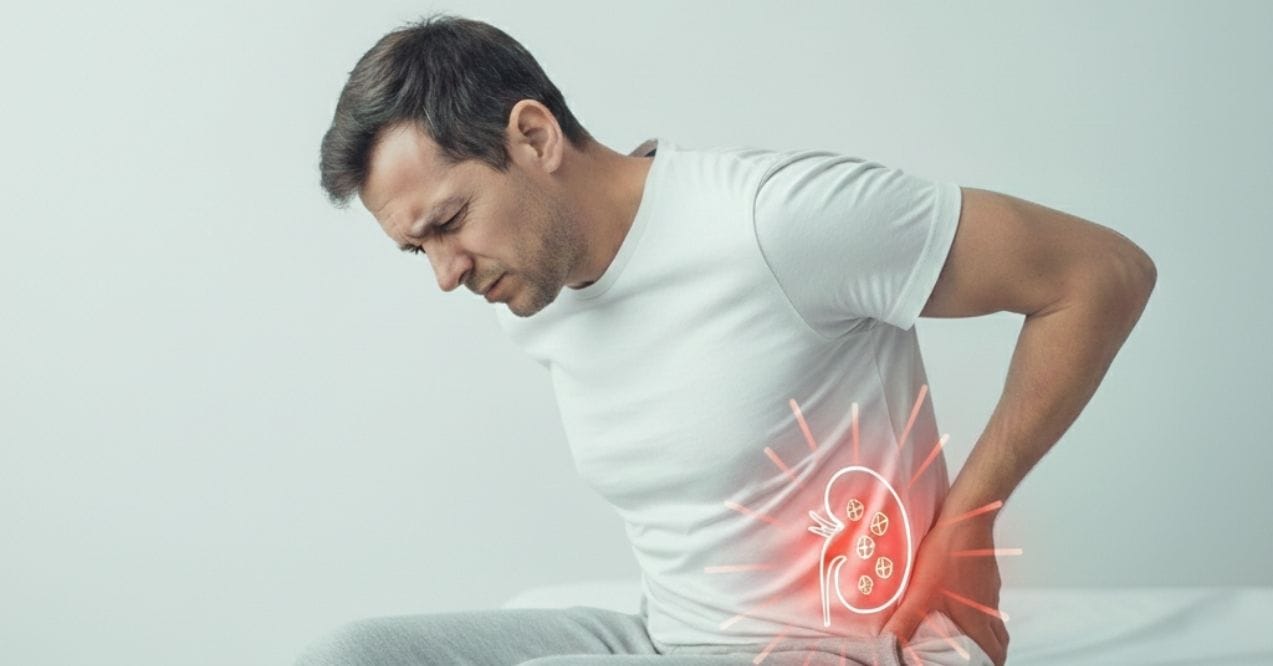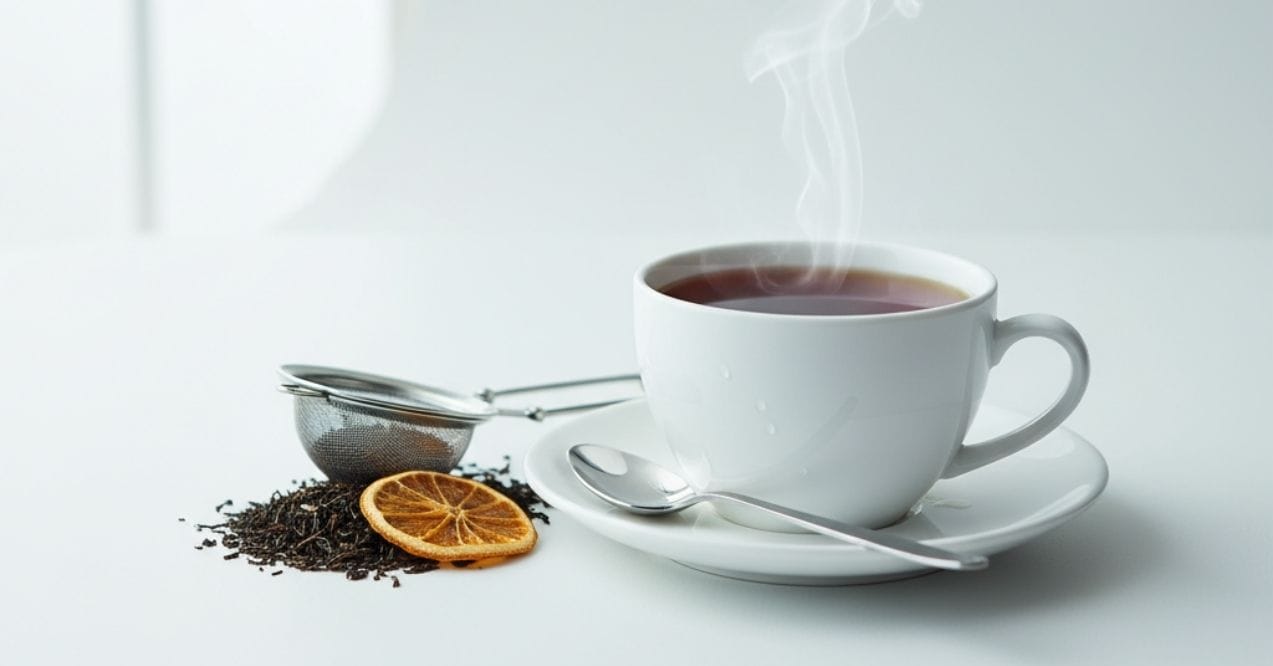What Can Mimic Kidney Stone Pain?
Today, learn with us what can mimic kidney stone pain to ensure an accurate prognosis. Click to identify and ease your symptoms.
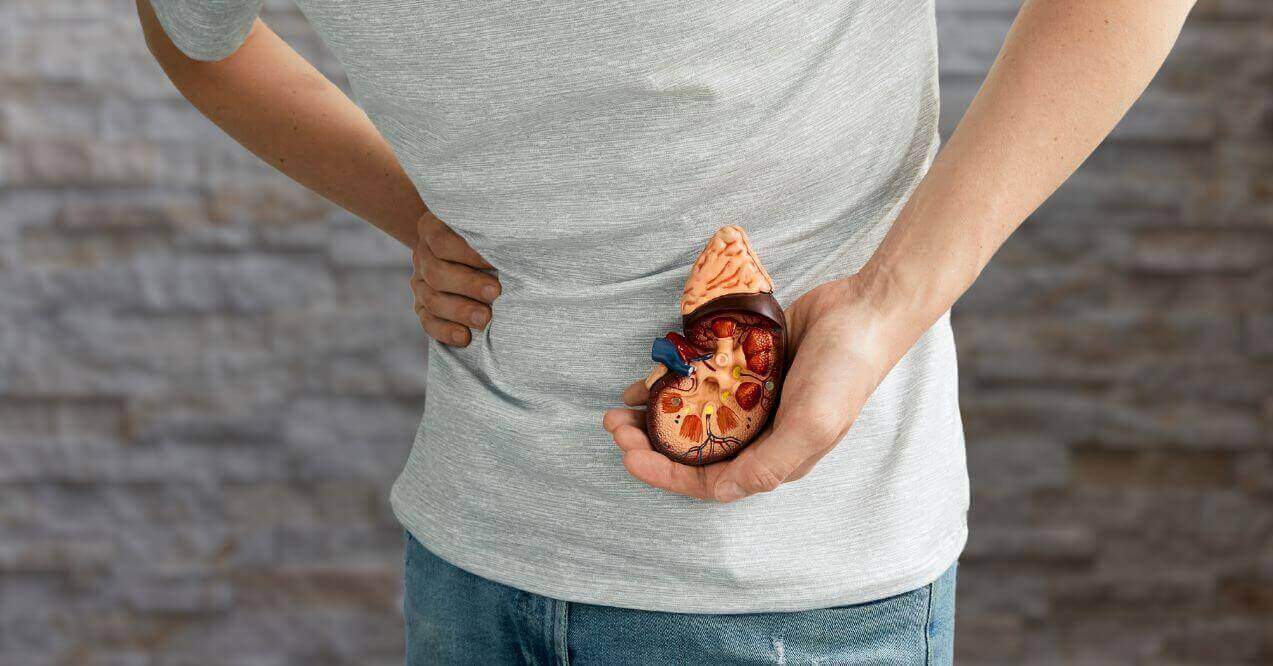

Many ask what can mimic kidney stone pain when feeling sudden, severe abdominal or flank ache. Kidney stones are hard masses that form in the kidneys from minerals in the urine. Stones form when substances like calcium, oxalate, and uric acid become too concentrated in urine. This causes them to crystallize and bind, gradually forming stones of varying sizes.
Understanding kidney stone sizes is important, as they affect symptoms. Small stones may pass with little pain, but large stones cause severe pain when moving or blocking. This sharp pain feels like other stomach issues, making the cause unclear.
Other medical issues have similar symptoms, so evaluation is a must to find the real cause but stay with us to get the clue for better decision-making. In this article we will discuss the main symptoms that kidney stones may portray and will compare the pain to other health problems.
What Is a Kidney Stone?
Kidney stones are hard lumps that form in the kidneys. They come from stuff found in pee, like calcium, oxalate, and uric acid. These can harden and become stones when they are too much in the urine. Lots of things can cause this, like what you eat, how much you drink, and your genes.
Stones can be different sizes. They can be tiny, like a grain of sand, or big, like a pea. In rare cases, they can be as big as a golf ball. Tiny stones may pass through our pee system without causing issues. But big ones can stop urine flow and cause a lot of pain.
What Are Kidney Stone Symptoms?
Kidney stones cause intense pain. Symptoms help show how bad it is and where the hard lump is. It’s important to know the signs to tell the difference between stones and other things that cause similar discomfort. Several studies have found that the common symptoms of kidney stones are:
- Back or side ache – Discomfort often shows in your lower back or sides. It can make it to your lower belly and groin, too. The pain can change and may not always be there.
- Blood in pee – Kidney stones often make blood appear in the urine. This can make the pee pink, red, or brown.
- Need to urinate more – You might feel like you need to pee more often. This can happen even if you just peed.
- Funky urine – Changes in your pee’s look or smell can show a kidney problem that includes stones.
- Feeling queasy and vomiting – Kidney stones can make you feel sick or throw up. This likely happens because of pain or urine getting stuck.
- Feeling feverish – Feeling cold and having a fever can show you have an infection. You’ll need medical help quickly if this is the case.
- Pain when peeing – Hurting when you pee can happen if a stone is near the bladder and pee hole.
What Can Mimic Kidney Stone Pain? Common Disorders Listed
Kidney stone pain can be tricky. Well, there are lots of health problems like urinary infections, the flu, and appendicitis or gut issues that can feel just like it. Even some nerve problems can make you feel like you’ve got kidney stone pain.
Let’s not forget lifestyle stuff, too. For instance, if you’re always gulping down energy drinks, you could be making it easier for kidney stones to form. So, let’s explore what can mimic kidney stone pain and discuss the importance of finding out the real cause.
Urinary Tract Infections
Urinary tract infections and kidney stones are both painful, yet they have different symptoms. Urinary tract infections often cause a harsh, burning feeling when you pee. You might pee more often, even if you don’t have to. Your urine could be cloudy or smelly. Sometimes, it might even have blood.
You may feel pain in your lower belly, particularly if you’re a woman. While kidney stone and UTI symptoms can feel similar, they are different. Urinary tract infection symptoms last longer due to constant discomfort in the urinary tract.
What about treatment? Well, kidney stones might move out of your system on their own. Or you might need a treatment, like a lithotripsy, to break them into small pieces. Sometimes, they might require surgical removal.
But urinary tract infections? Most of them clear up with antibiotics. This treatment kills the bacteria causing the urinary tract infection. It’s simple and not invasive. After starting these medicines, you’ll feel better quickly.
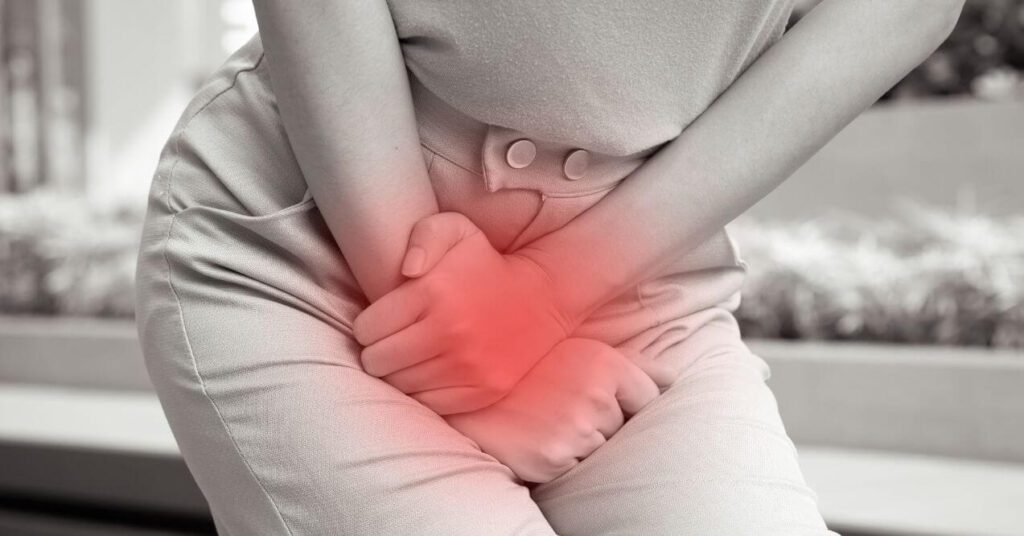
Flu
Influenza viruses infect the nose, throat, and sometimes lungs, causing a respiratory illness known as the flu. The flu often causes high fever, sore throat, and respiratory issues. However, the flu can also cause other systemic symptoms with surprising overlap to signs from kidney stones.
When you get the flu, your body might ache everywhere. This is more true for nasty cases. These body aches may focus on your back and sides. That’s right where kidney stone pain happens. The aches from the flu can feel just like a kidney stone moving, which really, really hurts.
There are even more symptoms to trick you. High fever, queasy stomach, and throwing up can all be part of the flu. Very high fevers are the body’s way to fight off the flu but make everything feel worse, including aches. Imagine your back hurting just like a kidney stone is present, and then you feel sick from it. That’s what the flu can feel like, too.
So, it’s important to get a full medical checkup to distinguish flu symptoms from other issues like kidney stones. These conditions have different causes, so treatments differ, too. The flu often focuses on comfort care like rest, water, and over-the-counter drugs for fever and pain.

Appendicitis
Appendicitis causes pain in the lower right abdomen that may feel like kidney stone pain. The discomfort starts around the belly button and gets sharper, focusing more on the lower right abdomen over time.
This pain from appendicitis tends to stay in one area and get worse fast over hours, unlike kidney stones, where the pain may move around from back to sides to lower belly and groin. Appendicitis pain focuses in one spot and intensifies quickly.
Appendicitis pain is often joined by loss of appetite, nausea, vomiting, and sometimes fever. These signs, combined with the pain pattern, show a medical need.
It’s crucial to tell appendicitis and kidney stone pain apart for timely help. If appendicitis is the suspect, get medical help right away. Left untreated, a swollen appendix can burst, causing terrible problems. Surgery to remove the appendix is often needed to minimize bursting and lower the danger of infection spreading in the belly, known as peritonitis.
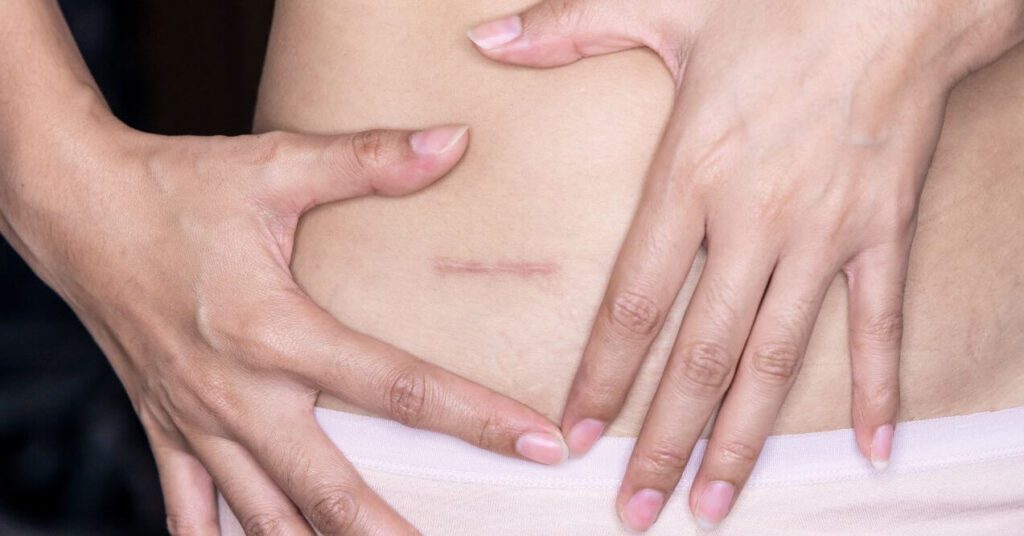
Gastrointestinal Disorders
Many stomach problems share signs with kidney stones, especially belly pain. Issues like diverticulitis, gallstones, and inflammatory bowel diseases (IBD) can cause bad pain. These disorders often cause bloating, changes in bowel movements, and blood in the stool. The similar pain spots and feel can make people mix up these stomach issues with pain from kidney stones.
The pain and symptoms, like changes in bowel habits or bleeding, show it’s important to see a professional. This helps find what’s causing the discomfort and tells kidney stones from other issues.
Understanding the exact source is key to direct treatment. For gallstones, care ranges from dissolving medicines to removing the gallbladder. IBD care may include anti-inflammatory medications and immune suppressors. This contrasts kidney stones care, which may involve pain relief, hydration, and surgery.

Nerve-Related Issues
Issues like sciatica or herniated discs can generate severe pain similar to kidney stones. Nerve pain from the spine often radiates out and down limbs. It can also reach the abdomen, risking confusion with conditions causing belly or side pain like kidney stones.
Nerve-related pain is usually linked to movement or certain positions, differing from unpredictable kidney stone pain. Signs like numbness, tingling, or weakness along a damaged nerve’s route signal a neural rather than kidney source.
Therefore, it’s important to distinguish these health issues to provide the right care. Professionals often use MRI scans to see detailed pictures of the spine bones and soft tissues, which helps with prognosis. Tests like EMG can also help. EMG measures muscle electrical signals, confirming issues like sciatica or slipped discs pressing on nerves.
In addition to diagnostic tests, addressing vitamins for muscle fatigue can play a crucial role in supporting muscle health, especially when nerve-related problems cause weakness and tiredness. Proper vitamin intake can complement medical treatment and improve muscle recovery.
But there is more to this. Recognizing key differences between kidney stone pain and other issues requires thorough exams and tests. Responding properly to the correct problem relieves pain and avoids complications.
Lifestyle factors like energy drink intake have been examined for potentially worsening or causing kidney stones, emphasizing diet and hydration for kidney health. On that note, do energy drinks cause kidney stones? Review emerging research and expert views to find out.

How Kidney Stones Are Diagnosed
Diagnosing kidney stones involves understanding a patient’s history and tests like examinations. This helps identify if stones are present, their size, type, and spot. It also helps decide the best treatment.
Medical History
The first step towards spotting kidney stones is knowing the patient’s medical history. Professionals ask about symptoms, especially pain—where it is, how bad it is, and its nature (whether sharp or cramping).
Past pain events, blood in urine, or old cases of kidney stones also help with diagnosis. The expert will also ask about lifestyle, diet, and if kidney stones run in the family. All these affect the chances of getting kidney stones. The first chat helps the medical practitioner understand the patient’s state better.
Physical Examination
The medical practitioner examines different areas of the abdomen and back by pressing on them to find tenderness or pain in the kidney regions. This exam can provide clues about kidney stones. The provider also checks for fever and infection signs, which could mean a stone caused a block or infection.
Diagnostic Tests
To confirm the diagnosis suggested by the patient’s history and physical examination findings, a series of diagnostic tests are performed:
- Urinalysis – This can reveal red blood cells, white blood cells, or bacteria in urine, hinting at kidney stones or an associated infection.
- Blood tests – Specific blood tests measure substances like calcium and creatinine, offering insights into kidney stone causes and kidney function.
- Imaging techniques – Non-invasive ultrasound, X-rays, or CT scans provide kidney, ureter, and bladder visuals, allowing stone identification by size, shape, and location. CT scans can detect almost all stone types accurately.
- Stone analysis – If a stone is passed, analyzing its composition provides insights. It helps a doctor understand the stone type to guide dietary and treatment decisions to minimize future stones.
Key Takeaways
Kidney stones form due to overly concentrated substances like calcium, uric acid, and oxalate in the urine. They can vary in size and cause severe pain. Symptoms include:
- Severe back or side pain
- Blood in the urine
- Frequent urination
- Cloudy or foul urine
- Nausea or vomiting
- Fever
- Chills
- Pain during urination
A correct prognosis is key for treatment. What can mimic kidney stone pain? These include conditions like:
- Urinary tract infections
- Flu
- Appendicitis
- GI disorders
- Nerve issues
Living habits can increase the chance of forming kidney stones. For instance, too many energy drinks might raise the risk.
Medical practitioners will diagnose kidney stones by reviewing your medical history and performing exams. These could include pee tests, blood tests, picture tests, and examining the stone.
Maintain a balanced diet, healthy lifestyle, and hydration to support kidney health. Consider supplements for kidney health and function. Also, speak to your healthcare support before starting a new plan.
Yes. The pain from diverticulitis can resemble that caused by kidney stones. Both can result in lower back or stomach discomfort. However, diverticulitis pain is often constant, whereas kidney stone pain comes in waves. So, it’s important to have an accurate prognosis for proper treatment.
Severe pain in the abdomen, back, or sides could be caused by several health issues besides kidney stones – for instance, appendicitis, gallstones, urinary infections, or back strains.
Kidney pain varies depending on the condition and severity. Some may hurt more lying down, while others feel no difference. Stone pain changes intensity sporadically, but the pain from infection or other issues generally stays constant.
Sign up for our Healthy Living newsletter!
Advertisement. This site offers health, wellness, fitness and nutritional information and is designed for educational purposes only. You should not rely on this information as a substitute for, nor does it replace, professional medical advice, diagnosis, or treatment. If you have any concerns or questions about your health, you should always consult with a physician or other health-care professional. Do not disregard, avoid or delay obtaining medical or health related advice from your health-care professional because of something you may have read on this site. The use of any information provided on this site is solely at your own risk.



